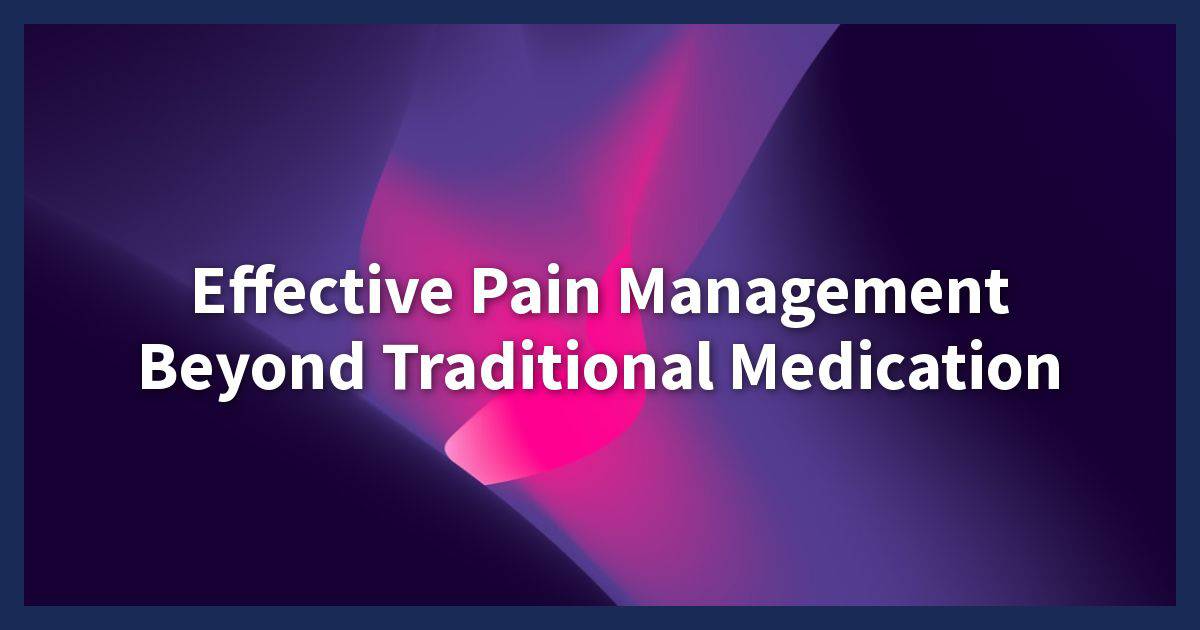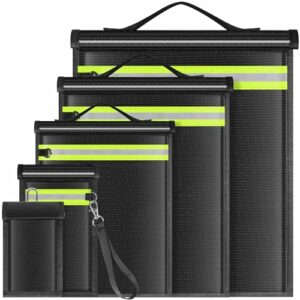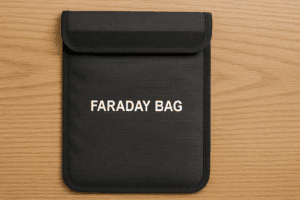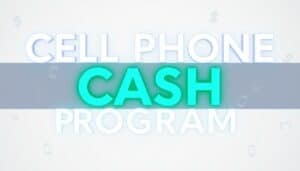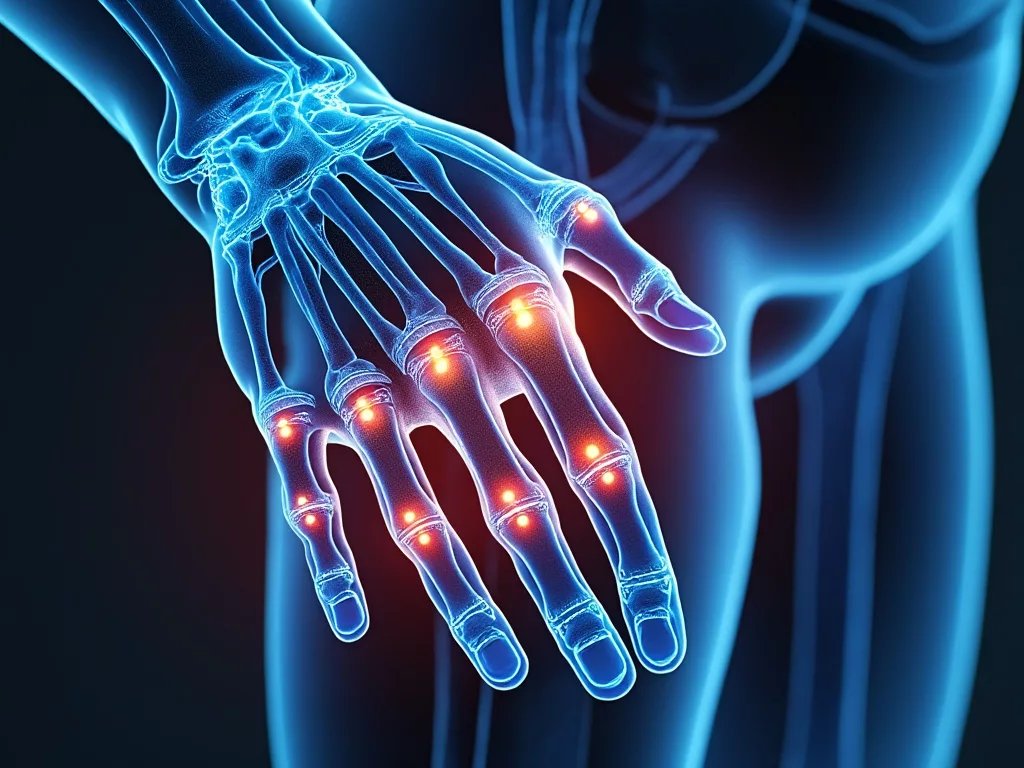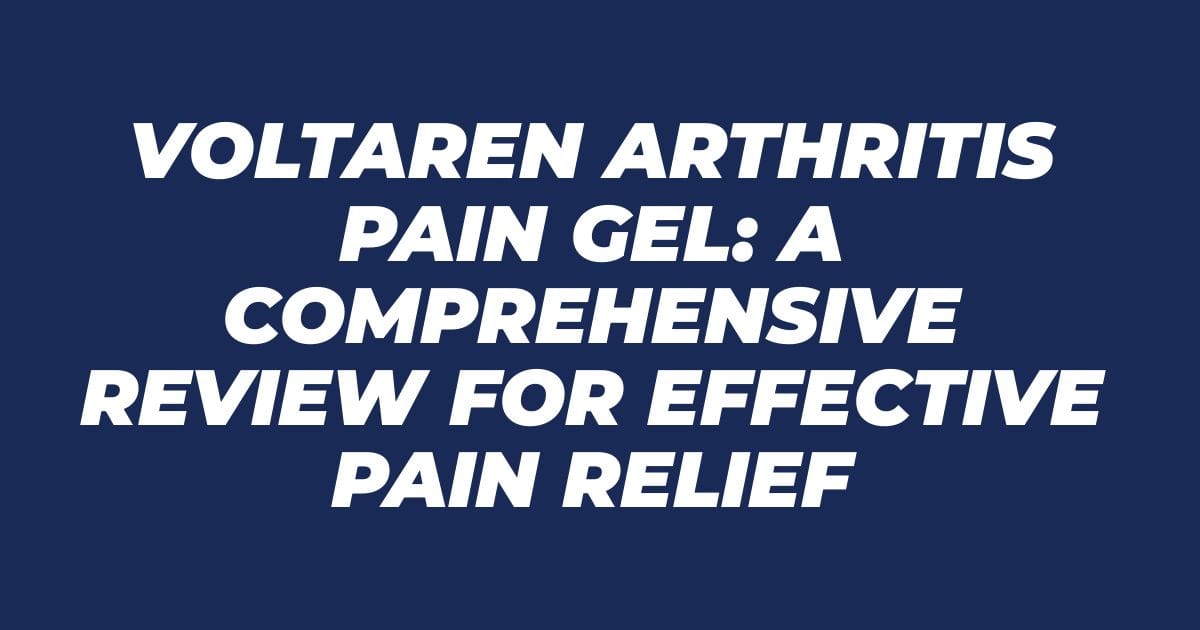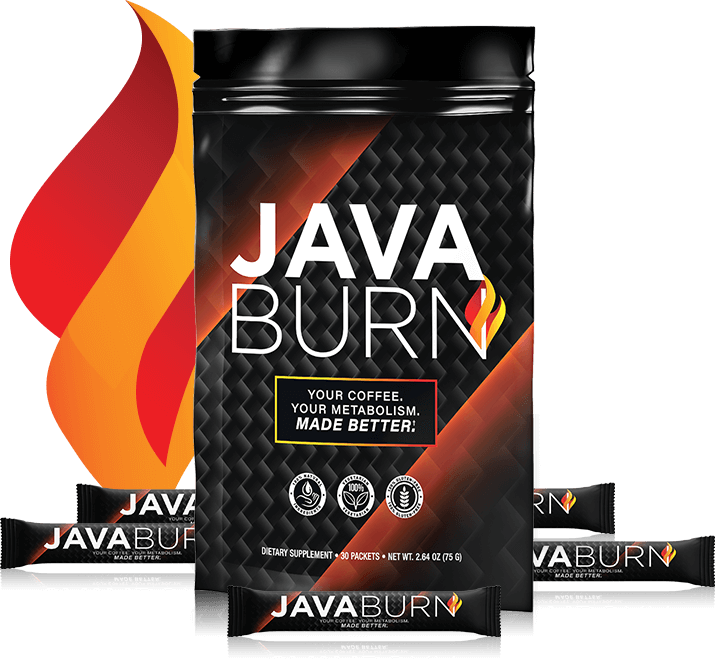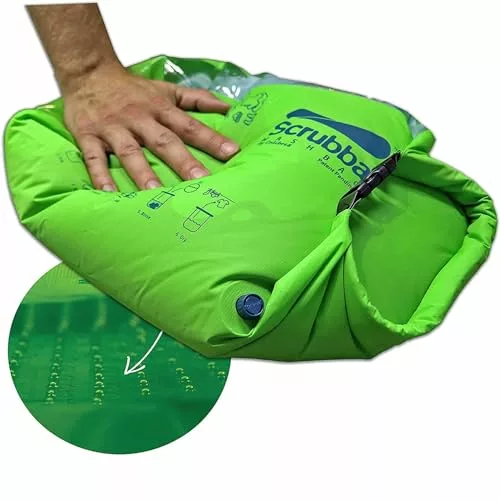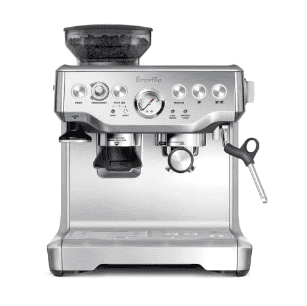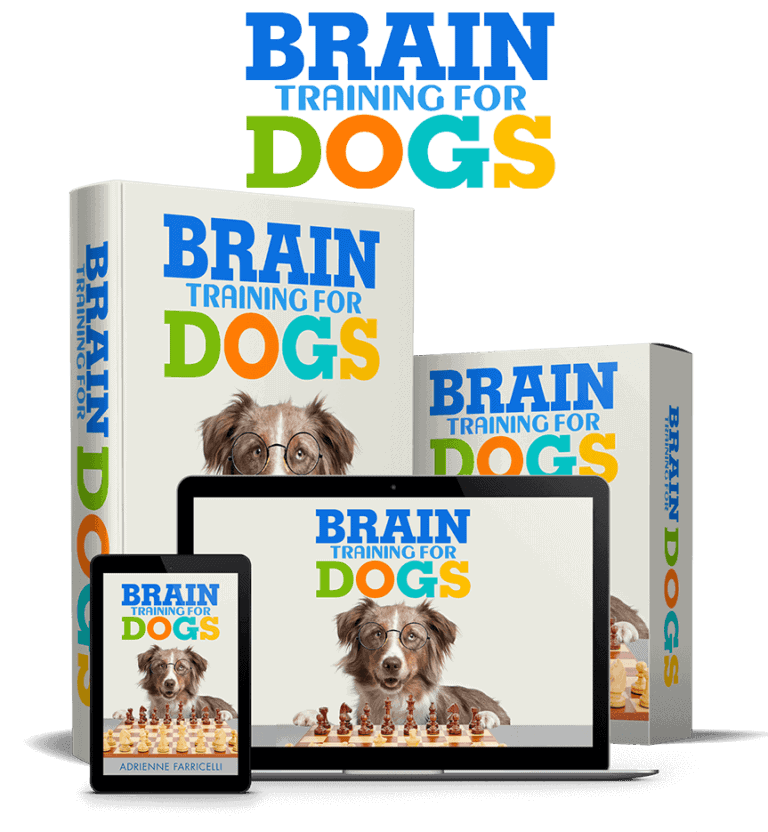Effective Pain Management Beyond Traditional Medication
Living with chronic pain can be challenging, and traditional medications may not always provide the relief needed. Exploring pain management methods beyond conventional drugs is becoming increasingly popular. Alternative therapies such as acupuncture, chiropractic care, biofeedback, and nutritional approaches offer non-pharmacological solutions that many individuals find beneficial.
In a world where the over reliance on medications is a concern, the spotlight is shifting towards holistic and non-invasive pain management techniques. These methods aim to address not just the symptoms but also the root causes of pain, promoting long-term wellness and improved quality of life. From physical therapies to complementary approaches like acupuncture and massage, there is a broad spectrum of non-drug options available for managing various types of pain.

By delving into the realm of non-pharmacological pain management, individuals have the opportunity to explore a proactive and pivotal approach to their well-being. This evolving landscape of alternative therapies provides a resilient and effective means of addressing pain without solely relying on medications. In this article, we will uncover the world of alternative pain management methods, shedding light on how these approaches can be game-changers in the quest for holistic well-being.
Acupuncture for Pain Management
Acupuncture, a key component of traditional Chinese medicine, offers a holistic approach to pain management. This alternative technique has gained popularity for its ability to alleviate various types of pain. Let’s delve into the effectiveness of acupuncture in managing pain and improving overall well-being.
Chiropractic Care
Chiropractic care plays a pivotal role in pain management by focusing on the relationship between the spine and nervous system. Through precise adjustments, chiropractors aim to reduce pain, enhance mobility, and promote healing. These adjustments help in realigning the spine, relieving pressure on nerves, and improving the body’s ability to heal naturally. Individuals seeking non-invasive methods for pain relief often benefit from chiropractic care’s comprehensive approach to addressing the root causes of pain.
Biofeedback Therapy
Biofeedback therapy is a non-invasive technique that empowers individuals to control their physiological responses to pain. By monitoring bodily functions such as heart rate, muscle tension, and skin temperature, biofeedback helps individuals gain awareness and control over their body’s responses to stress and pain. Through this self-regulation, individuals can learn to reduce pain levels and improve their overall well-being. Biofeedback therapy offers a proactive approach to pain management, emphasizing the body’s innate ability to heal and restore balance.
Utilizing methods such as acupuncture, chiropractic care, and biofeedback therapy can provide a multifaceted approach to pain management, addressing both the physical and emotional aspects of pain. These alternative techniques offer individuals an opportunity to explore complementary options beyond traditional medication for effective pain relief and improved quality of life.
Powerful Topical Arthritis Pain Relief, No Prescription Needed - 3.53 Ounce (Pack of 2)
Photo by Ryutaro Tsukata
Physical Therapy and Exercise
Physical therapy and exercise play a vital role in pain management beyond traditional medication. Through targeted exercises and therapeutic techniques, individuals can experience relief from chronic pain and improve their overall quality of life.
Massage Therapy
Massage therapy is a popular method for pain relief that focuses on manipulating soft tissues to alleviate discomfort and promote relaxation. Different massage techniques such as Swedish massage, deep tissue massage, and trigger point therapy can target muscle tension, reduce inflammation, and enhance blood circulation to the affected areas. By loosening tight muscles and releasing tension, massage therapy can help reduce pain and improve mobility in individuals dealing with various forms of discomfort.
Heat and Cold Therapy
Heat and cold therapy are simple yet effective ways to manage pain without relying solely on medications. Heat therapy involves applying heat packs or warm towels to the affected area, which can help increase blood flow, relax muscles, and reduce stiffness. On the other hand, cold therapy, such as ice packs or cold compresses, can help reduce inflammation, numb painful areas, and provide relief from acute pain or swelling. Alternating between heat and cold therapy can be beneficial for certain conditions, offering a natural and drug-free approach to pain management.
Including physical therapy exercises in daily routines can strengthen muscles, improve flexibility, and alleviate chronic pain. By engaging in targeted exercises under the guidance of a physical therapist, individuals can address specific areas of concern, build muscle support, and enhance overall mobility. Incorporating low-impact activities like swimming, yoga, or walking into a regular exercise regimen can also contribute to pain relief and promote long-term well-being.
To learn more about the benefits of physical therapy and exercise in pain management, visit Mayo Clinic’s guide on physical therapy exercises.
Nutritional Therapy
Nutrition plays a crucial role in managing pain and promoting overall well-being. A balanced diet rich in anti-inflammatory foods can significantly impact your pain levels and quality of life. Let’s delve into how nutritional therapy can be a game-changer in your pain management journey.
Supplements and Herbs
When it comes to pain relief, supplements and herbs can offer natural alternatives to traditional medications. Turmeric, with its powerful anti-inflammatory properties, has been used for centuries to alleviate pain and reduce inflammation. Ginger is another herb known for its pain-relieving effects, particularly in joint and muscle pain. Adding these supplements and herbs to your diet can be a proactive step towards managing your pain effectively.
Hydration and Pain Relief
Hydration is key to overall health and can also play a pivotal role in pain management. Adequate water intake is essential for reducing joint pain, headaches, and muscle soreness. Staying hydrated helps maintain the resilience of your joints and muscles, reducing the risk of pain and discomfort. By ensuring you are well-hydrated, you can support your body’s quest for pain relief naturally.
Introduction to CBD
CBD, derived from the cannabis plant, has gained popularity for its potential pain-relieving properties. CBD products such as oils, creams, and gummies offer a seamless way to incorporate this natural remedy into your pain management routine. Exploring the world of CBD could be a thrilling endeavor in finding a holistic approach to managing your pain symptoms.
Photo by Foodie Factor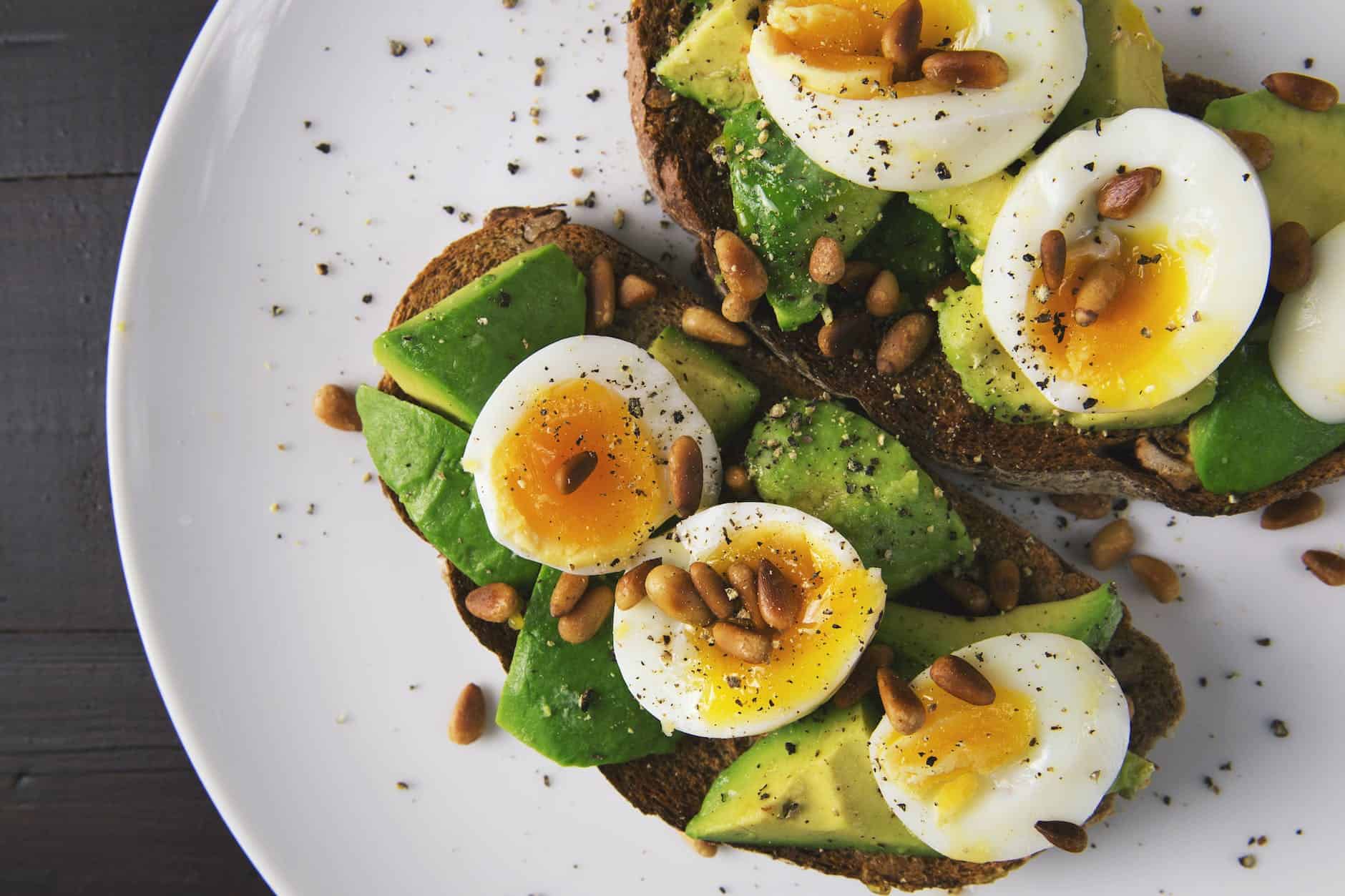
Mind-Body Therapies
Mind-body therapies play a crucial role in pain management by focusing on the connection between the mind and body. These approaches encompass various techniques that harness the power of the mind to alleviate physical discomfort, offering holistic solutions for individuals dealing with chronic pain. Let’s delve into two key mind-body therapies: Cognitive Behavioral Therapy (CBT) and Relaxation Techniques.
Cognitive Behavioral Therapy (CBT)
Cognitive Behavioral Therapy (CBT) is a widely used psychological treatment that targets negative thought patterns and behaviors. In the realm of pain management, CBT can empower individuals to reframe their thoughts surrounding pain, leading to a more proactive and positive outlook. By recognizing and challenging thought patterns that contribute to pain perception, individuals can embark on a quest to adopt healthier coping mechanisms. CBT equips individuals with the tools to navigate pain triggers and develop resilience in the face of chronic discomfort, making it a game-changer in pain management strategies.
Learn More About CBT Cognitive Behavioral Therapy Here
Relaxation Techniques
Incorporating relaxation techniques into daily routines can significantly impact pain perception and overall well-being. Practices like deep breathing and progressive muscle relaxation offer a seamless way to unwind and alleviate stress-induced pain. By leveraging these relaxation methods, individuals can create a soothing environment that promotes a sense of calm amidst physical discomfort. The fast-paced nature of modern life can often unravel our sense of peace; however, through relaxation techniques, individuals can reclaim moments of tranquility and mindfulness.

Conclusion
In conclusion, exploring non-pharmacological pain management methods is crucial for comprehensive Pain Management. Alternative therapies have shown remarkable effectiveness in reducing pain and enhancing overall quality of life for individuals dealing with various pain conditions. From acupuncture and chiropractic care to biofeedback and nutritional adjustments, there is a wide array of holistic approaches available for those seeking relief beyond traditional medication. Embracing these alternative therapies not only offers natural pain relief but also promotes overall well-being. It’s time to consider a holistic approach to pain management for a more balanced and sustainable solution.
Latest Post
- What Is a Faraday Bag? Why Every Prepper Needs One
- Best Budget Laptops for College Students (2025) | Under $400
- What Is A Faraday Bag?
- TOZO PB3 Portable Charger: Lightweight Power For Your Devices
- Unlock Passive Income With The Cell Phone Cash Program
- JavaBurn: Does It Live Up To The Hype?

